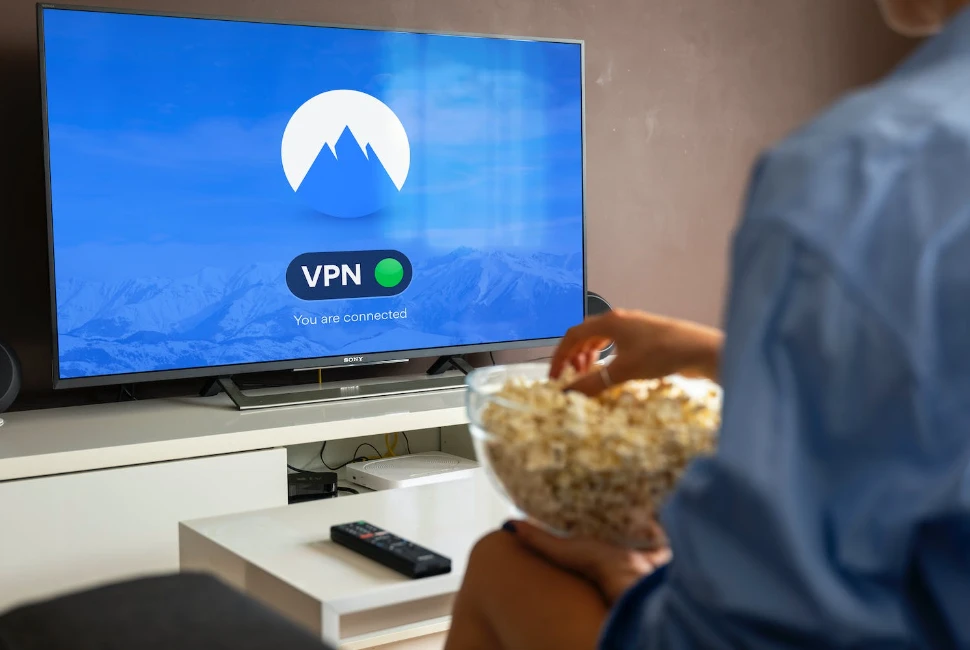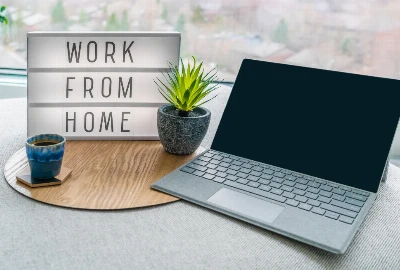A Comprehensive Guide to Using a VPN on a Windows Machine

Virtual Private Networks (VPNs) have become essential tools for safeguarding online privacy and security. They encrypt internet traffic, mask IP addresses, and allow users to bypass geo-restrictions. This guide provides a detailed explanation of what a VPN is, how it works, and a step-by-step guide on setting up a VPN on a Windows machine.
What is a VPN?
A Virtual Private Network (VPN) establishes a secure tunnel between a user's device and a remote server. This tunnel encrypts all the data that passes through it, making it difficult for third parties to intercept or monitor the user's online activities. VPNs serve multiple purposes:
- Privacy Protection: They hide the user's IP address, making online actions virtually untraceable.
- Secure Data Transmission: They encrypt data, providing a secure way to access the internet, especially on public Wi-Fi networks.
- Access Restricted Content: They allow users to bypass geo-restrictions and censorship by routing their internet traffic through servers in different countries.
How Does a VPN Work?
Encryption and Decryption
When a user connects to a VPN, the VPN client on the user's device encrypts the outgoing internet traffic. This encrypted data then travels through the secure tunnel to the VPN server, which decrypts it before sending it to the intended destination (like a website or an online service).
IP Address Masking
The VPN server also masks the user's original IP address with its own. This makes it appear as if the user is accessing the internet from the location of the VPN server, not their actual location.
Data Tunneling Protocols
VPNs use various tunneling protocols to create and maintain a secure connection between the client and the server. Some commonly used protocols include OpenVPN, L2TP/IPsec, and IKEv2/IPsec.
Setting Up a VPN on a Windows Machine
Step 1: Choose a VPN Service
Before setting up a VPN, one needs to choose a VPN service. Some popular options include NordVPN, ExpressVPN, and CyberGhost. Consider factors like speed, server locations, and privacy policies when making a choice.
Step 2: Download and Install the VPN Client
- Visit the VPN service's website and sign up for an account.
- Download the VPN client software compatible with Windows.
- Run the downloaded file and follow the installation prompts.
Step 3: Configure the VPN Settings
- Open the installed VPN client.
- Log in using the account credentials.
- Navigate to the settings menu to configure options like auto-connect, kill switch, and protocol selection.
Step 4: Connect to a VPN Server
- Open the VPN client.
- Choose a server location from the list.
- Click the "Connect" button.
Step 5: Verify the Connection
- Once connected, the VPN client will display the connection status.
- To verify, visit a website like
whatismyip.comto check if the IP address has changed to the server's location.
Step 6: Disconnect
- To disconnect, open the VPN client.
- Click the "Disconnect" button.
Advanced Configuration (Optional)
Manual Setup
Windows has built-in settings for configuring a VPN manually:
- Open "Settings" and go to "Network & Internet."
- Click on "VPN" and then "Add a VPN connection."
- Fill in the details provided by your VPN service.
- Click "Save" and connect through the "Network" icon in the system tray.
Using OpenVPN Configuration Files
Some VPN services offer OpenVPN configuration files for advanced users:
- Download the OpenVPN configuration files from the VPN service's website.
- Import these files into the OpenVPN client software.
- Connect to the server using the imported configuration.
Conclusion
A VPN offers a robust solution for enhancing online privacy and security. Understanding its mechanism and setting it up on a Windows machine can be accomplished with relative ease. By following this guide, users can navigate the complexities of VPNs and make informed decisions about their online safety.




